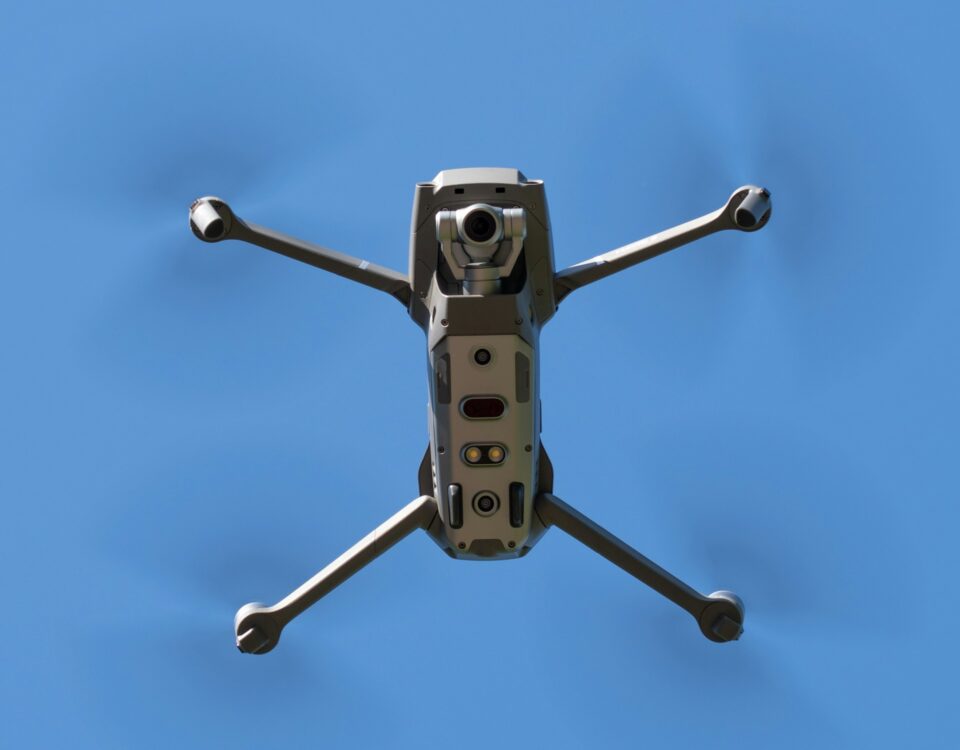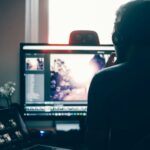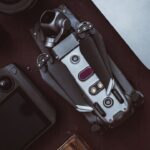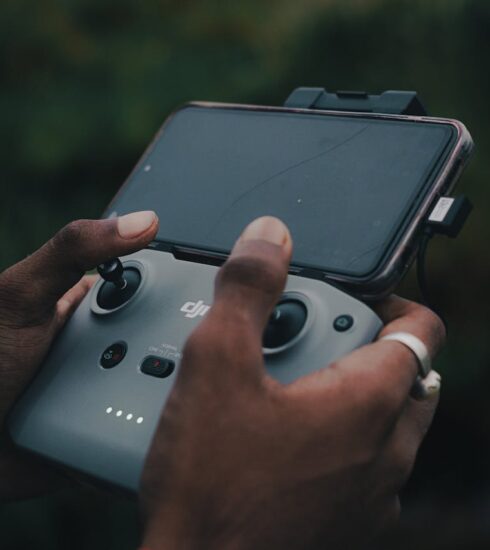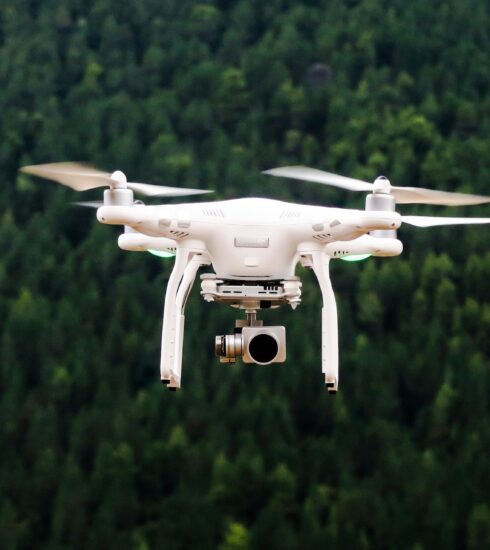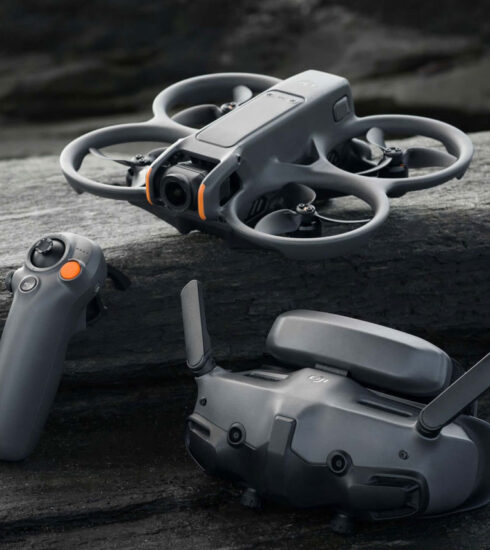Struggling to Understand Drone Camera Settings for Great Photos?
Key Takeaways
- Use Manual Mode: Take complete control by setting your drone camera to PRO or Manual mode.
- Shoot RAW: RAW (DNG) format captures detailed images, perfect for editing.
- Exposure Matters: Master ISO, shutter speed, and aperture for best image quality.
- White Balance: Stick to manual settings for consistent color in your shots.
- Accessories Help: ND filters can dramatically improve your results in bright conditions.
- Composition Tips: Rule of thirds and leading lines make drone photos stand out.
This post contains affiliate links. If you purchase through these links, I may earn a small commission at no additional cost to you. Your support helps keep this site running—thank you!
Drone camera settings might seem simple at first glance, but getting professional-level aerial photos takes a bit more know-how. Ever snapped a drone pic thinking it’d look epic, only to check later and it’s blurry or way too bright? Yeah, that happens—a lot. You’re here because you know just hitting auto isn’t cutting it. But don’t stress; learning drone camera settings is easier than you think. We’re talking clear skies, sharp details, and colors that actually look right. Sounds good, right?
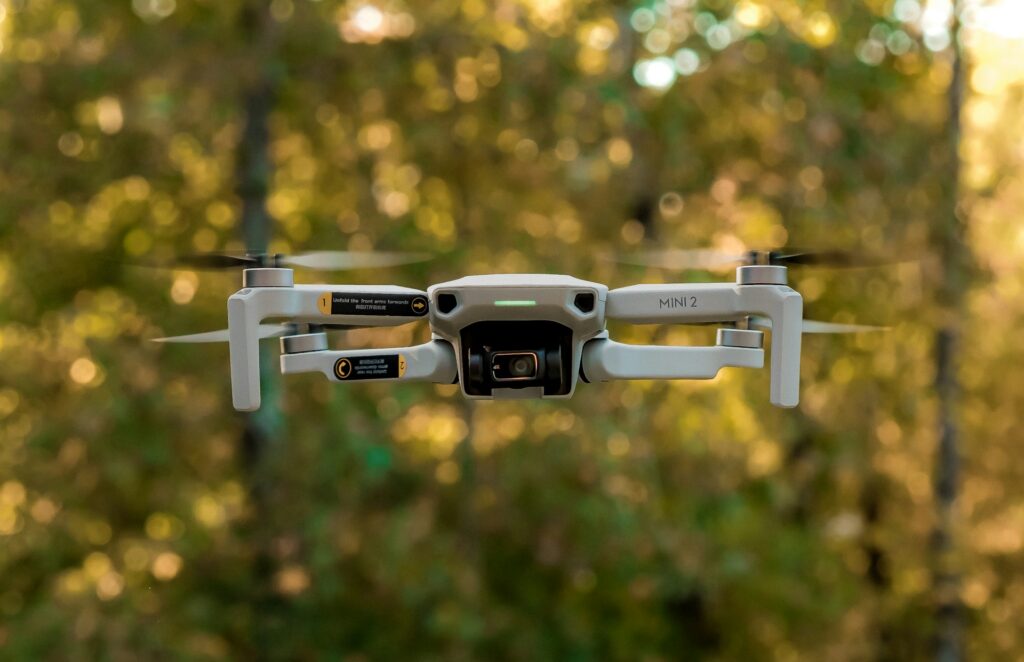
In this guide, you’ll figure out exactly which drone camera settings you should tweak—and when—to capture photos that genuinely impress. I’m talking about images that make people think you’re secretly flying some expensive pro-level drone gear (even if you’re just starting out). Let’s dig into the details.
Understanding Camera Modes and File Formats
When you start messing around with drone photography, the first thing you’ll notice is that your drone has different camera modes. Now, auto mode might seem tempting—it’s easy and convenient. But let’s get real, you’re not here for easy. You want results. And those results come from using PRO or Manual mode.
Manual mode gives you complete control over all the important settings like ISO, shutter speed, and aperture. This means no more guessing what the drone thinks is right. You’re the boss now, deciding exactly how bright, sharp, or detailed your shot should be. Yeah, it’ll take a bit of practice, but once you get the hang of it, you’ll wonder why you didn’t ditch auto earlier.
Next thing is the file format. Ever taken a shot that looked great on your drone’s tiny screen but awful on your laptop later? Shooting in RAW format fixes this. RAW files capture way more detail than JPEGs, giving you tons of flexibility when editing. With JPEG, what you see is what you get. With RAW, you can actually save shots that would’ve otherwise ended up deleted.
Here’s a quick comparison:
| File Format | Quality | Flexibility in Editing |
|---|---|---|
| RAW (DNG) | High | Excellent |
| JPEG | Medium | Limited |
Switching to RAW will literally change your photography game. Your drone’s manual should show you how to set this up in a few clicks. No excuses, make the switch now.
Mastering Exposure: ISO, Shutter Speed, Aperture
Exposure is just a fancy way of saying “how bright or dark your photo turns out.” Mess this up, and your epic drone shot might end up looking like a random smudge of colors. But relax—let’s break it down super easy.
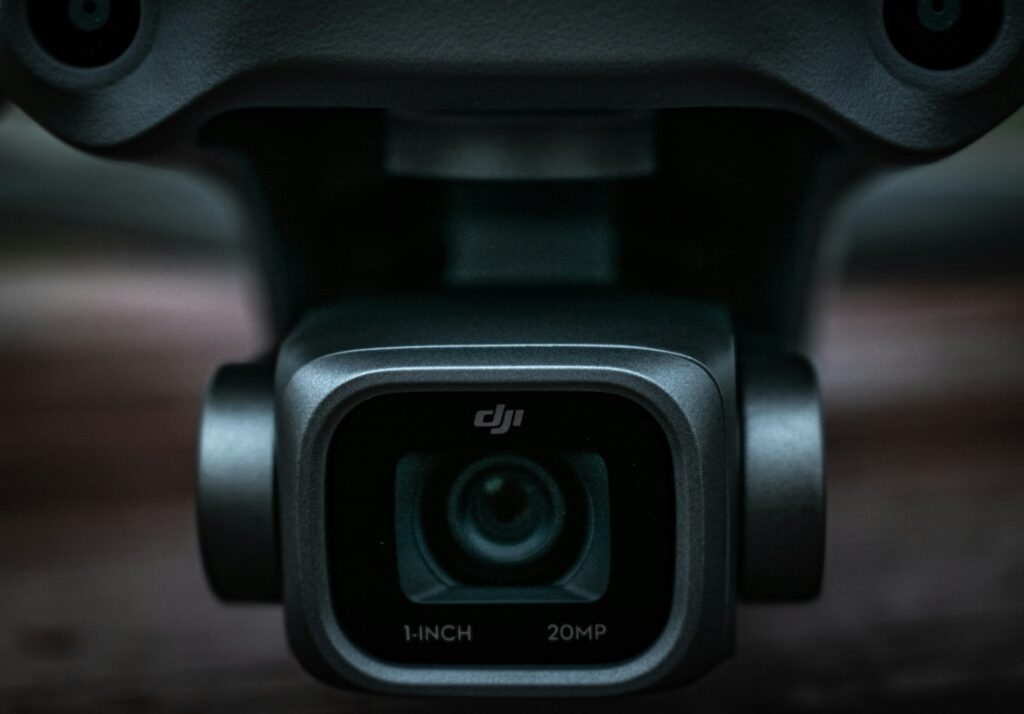
ISO Settings
ISO is all about sensitivity to light. Keeping your ISO low—usually around 100—is key for clean, noise-free photos. Higher ISO makes pictures grainy and fuzzy. Yeah, no one wants that. When should you crank ISO up? Only if you’re flying around sunset or sunrise and your pics are turning out way too dark. Even then, go easy.
Shutter Speed Techniques
Think of shutter speed like blinking—fast blinks capture quick moments, slow blinks capture everything that moves. Fast shutter speeds (like 1/1000s) freeze action, perfect for sports or fast-moving stuff. Slow speeds (like 1/50s) create motion blur, making things look artsy or dreamy.
Here’s a quick guide:
- Fast (1/1000s or faster): Freeze fast action (cars, boats, people).
- Medium (1/250s – 1/500s): General drone photography, sharp landscapes.
- Slow (1/50s – 1/100s): Creative motion blur for rivers, waterfalls, traffic trails.
Aperture Considerations
Not all drones have adjustable apertures, but if yours does, listen up. Aperture affects depth of field—how much of your photo is sharp from front to back. A lower aperture number (like f/2.8) gives you a shallow depth of field—good for focusing on one subject clearly. A higher number (like f/8 or f/11) makes everything from foreground to background sharp. Play with this to figure out what looks best for your specific shot.
Getting your exposure settings just right will instantly upgrade your drone photos from “meh” to “wow, who took this?!” So take the time to practice.
Perfecting White Balance for Consistency
White balance is one of those things most new photographers overlook. Ever had photos turn out weirdly blue or super orange? That’s bad white balance at work. Setting white balance manually keeps your shots consistent and realistic. Here’s the basic breakdown:
- Sunny (around 5600K): For bright daylight, keeping colors neutral.
- Cloudy (around 6300K): Adds a touch of warmth when the sky’s grey.
- Sunrise/Sunset (5600K or higher): Matches the warmer tones during golden hour.
Always set white balance manually instead of relying on auto. Once you nail this, your shots will finally look exactly how you remember them.
Essential Accessories for Drone Photography
If you thought great drone shots were only about the camera itself—think again. Accessories make a huge difference. ND (Neutral Density) filters are basically sunglasses for your drone camera. They’re perfect for bright sunny days, letting you use slower shutter speeds or wider apertures without blowing out highlights. Simple to use and a must-have in your drone kit.
Composition Techniques
Great composition is what separates good drone photos from amazing ones. Stick to basics like the Rule of Thirds—imagine dividing your screen into thirds and placing key elements along these lines or intersections. Leading lines like roads or rivers naturally draw eyes through your photo. Use foreground elements for added depth. Keep experimenting and watch your drone photos level up.
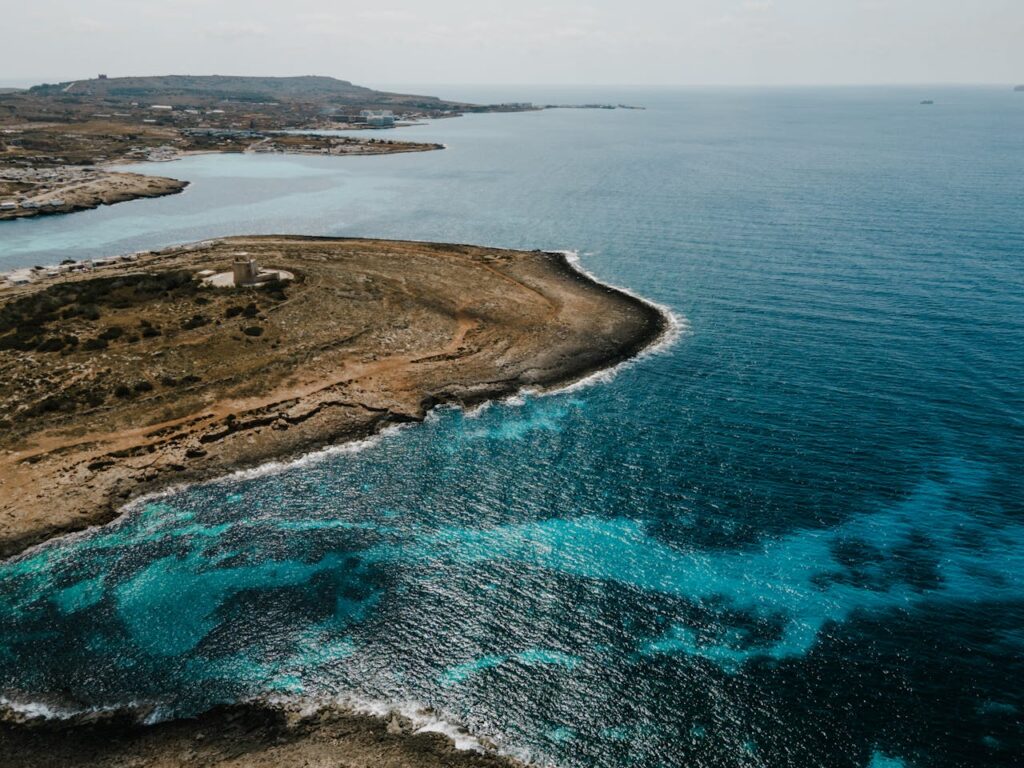
Frequently Asked Questions
- What’s the best ISO setting for drone photos? Keep it at 100 for clean, clear images.
- Should I always shoot in RAW? Yes, for maximum editing flexibility.
- Do I really need ND filters? They’re highly recommended for better control in bright conditions.

